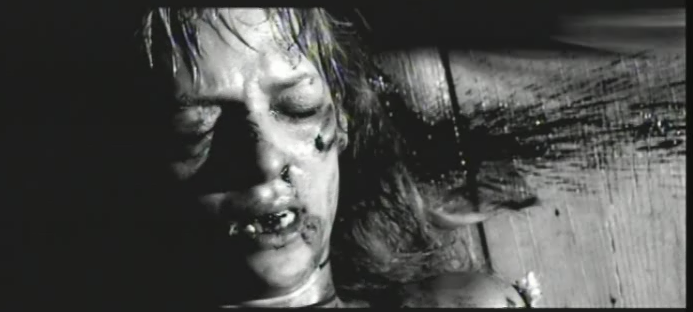Looking
back at your preliminary task, what do you feel you have learned in
the progression from it to the full product?
In the preliminary task, the main problem we faced was white balance. We kept forgetting to reset the white balance when we relocated and reshoot. We also assumed that white balance only needed changing when going from inside to outside. This led to shots that changed in contrast like below:


Another thing which was improved from the preliminary task was our titling. In the preliminary task, we had no titles, because we didn't know how. In the thriller task, we discovered how to add titles, so we added them to the sequence.
We also had some issues with continuity in our preliminary. Play 'spot the difference' with the images below. These two shots were taken on different days.
With our thriller project, we had to film on two separate days. To make sure we kept continuity intact, we made a note on what we were wearing. The only continuity error that is very obvious is hair length. To make hair length isn't a problem, we should shoot on days very close to each other. The shots below were shot on different days.





























